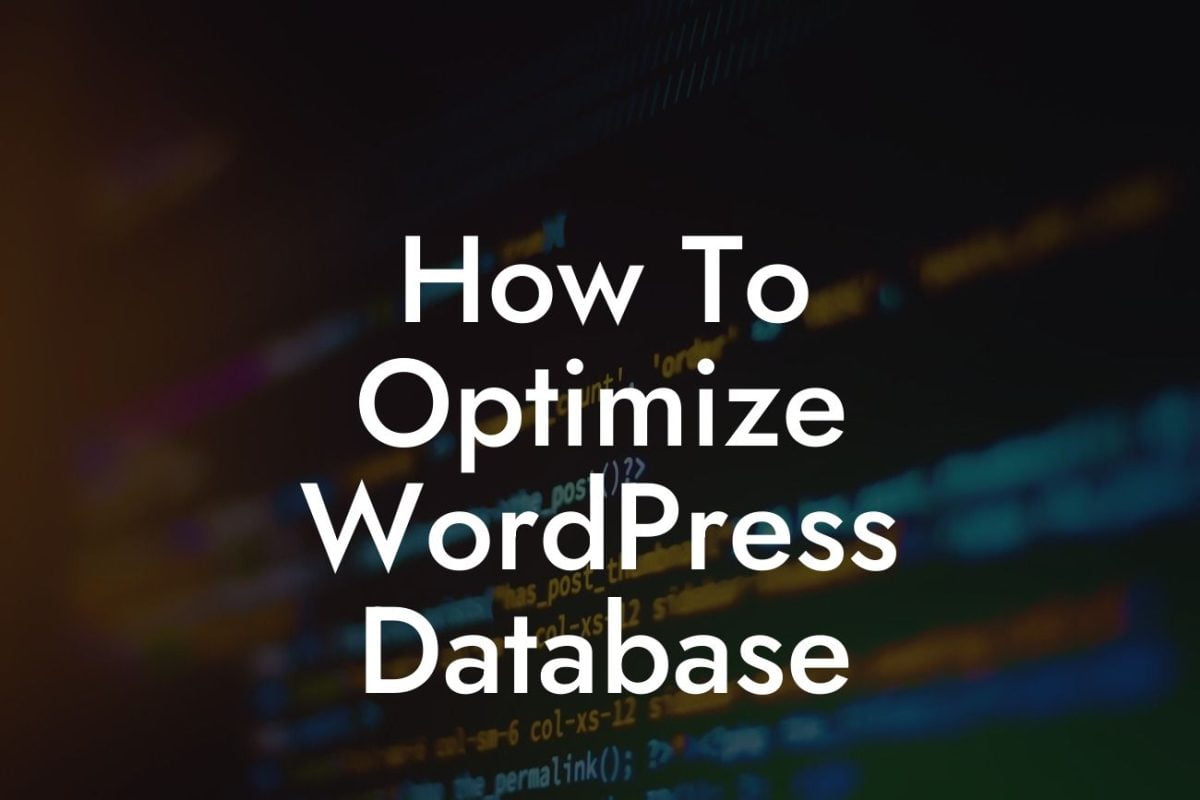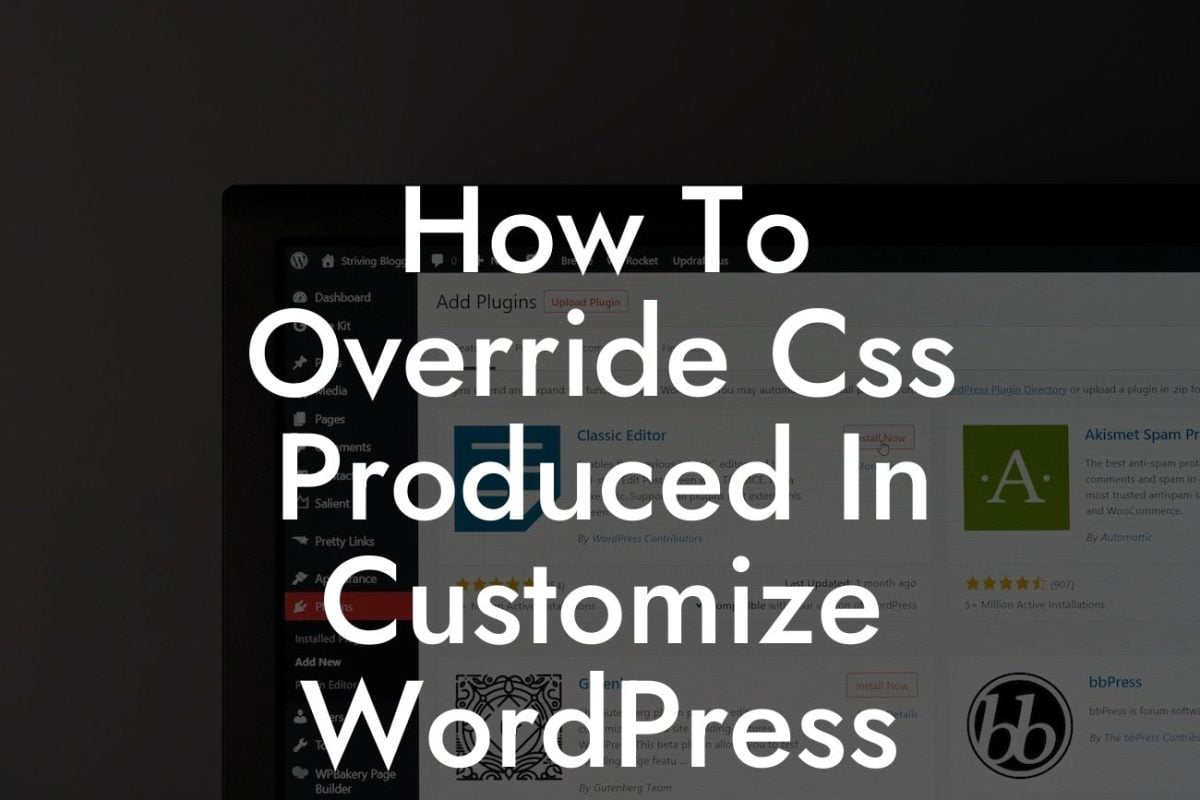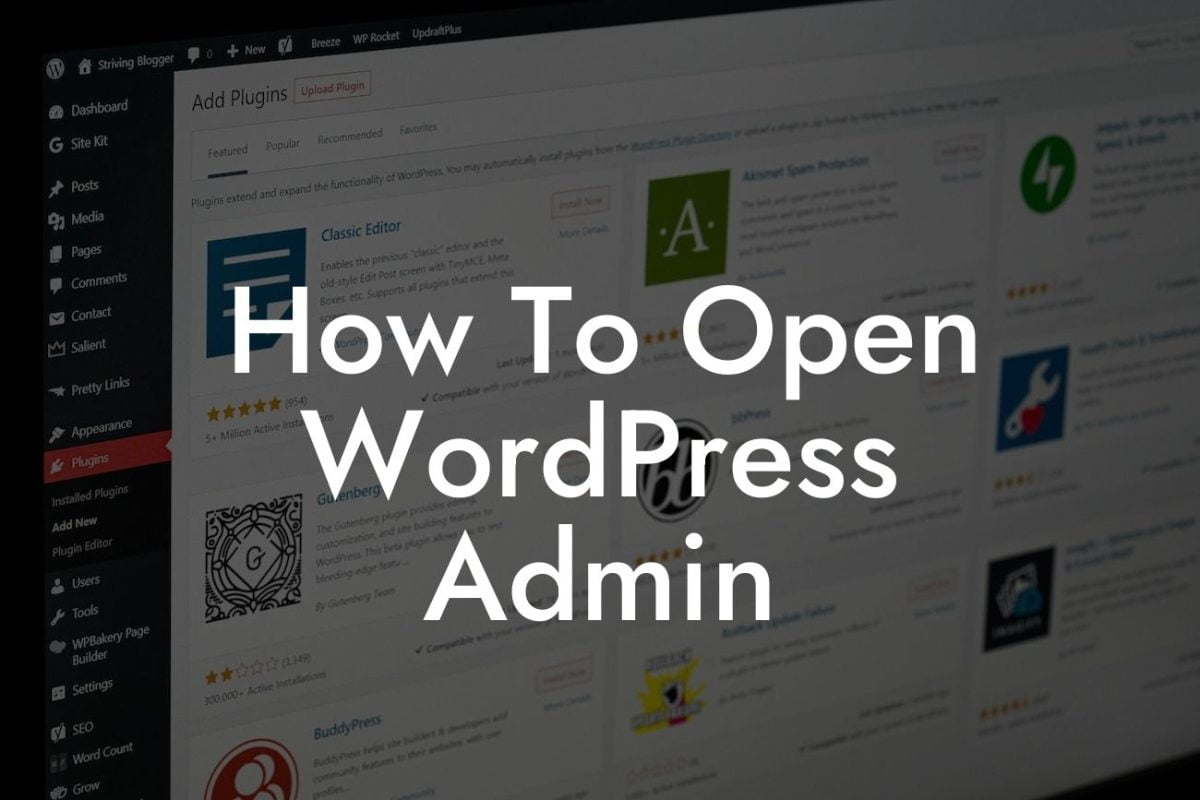Are you looking for ways to elevate your clients' WordPress experience and showcase your brand effectively? Customizing the WordPress dashboard for clients is a game-changer that can greatly enhance their user experience and set you apart from the competition. In this article, we will guide you through the process of customizing the WordPress dashboard to create a personalized and impactful experience for your clients. Say goodbye to the generic interface and embrace a dashboard that reflects your clients' unique brand identity. Let's dive in!
Customizing the WordPress dashboard can provide a significant advantage in impressing your clients and strengthening your brand. Here, we will outline a step-by-step process to help you achieve this.
1. Optimizing the Dashboard Layout:
A cluttered and overwhelming dashboard can confuse clients and hinder their productivity. By simplifying and rearranging the layout, you can create a more intuitive and organized user interface. Utilize suitable H2 headings and bullet point lists to present the following steps:
- Remove unnecessary widgets and elements: Start by removing any unnecessary dashboard widgets that aren't relevant to your clients' needs. Streamline the dashboard by eliminating distractions and focusing on essential elements.
Looking For a Custom QuickBook Integration?
- Arrange widgets strategically: Customize the dashboard by rearranging the widgets according to your clients' preferences. Highlight the most important information and tools, ensuring easy access and improved usability.
- Utilize custom widgets: Consider adding custom widgets that are specific to your clients' business or industry. This can provide quick access to vital information and enhance their workflow.
2. Adding Custom Branding:
Injecting your clients' brand identity into the WordPress dashboard creates a cohesive and professional experience. Utilize suitable H2 headings and bullet point lists to present the following steps:
- Custom logo and colors: Replace the default WordPress logo with your clients' logo, maintaining brand consistency across their online presence. Customize the dashboard colors to match the brand's visual identity, creating a cohesive experience.
- Personalized login page: Impress your clients right from the start by creating a unique login page that features their logo and brand colors. Use plugins like "Custom Login Page Customizer" to achieve this effortlessly.
- Branding the dashboard footer: Extend your clients' brand presence by adding their logo or personalized text to the dashboard footer. This small but impactful customization adds a professional touch.
3. Utilizing Helpful Plugins:
WordPress offers an extensive range of plugins that can supercharge your clients' dashboard experience. Select and install suitable plugins to enhance functionality and improve usability. Utilize suitable H2 headings and bullet point lists to present the following steps:
- Streamline content management: Incorporate plugins like "Advanced Custom Fields" to customize the dashboard and provide clients with intuitive content management capabilities.
- White-label plugins: If you develop your own plugins or use third-party plugins, consider white-labeling them to maintain a consistent branding experience for your clients.
- Dashboard analytics: Install analytics plugins like "Google Analytics Dashboard for WP" to provide your clients with valuable insights and statistics right within their WordPress dashboard.
Customize Wordpress Dashboard For Clients Example:
Imagine a small business owner, Jane, who is utilizing WordPress as the backbone of her website. With Jane's website being an essential part of her brand, she decides to customize her WordPress dashboard for a more personalized experience. By implementing the steps mentioned above, Jane achieves a sleek and professional dashboard that showcases her logo, brand colors, and the most relevant tools and widgets. This customization not only improves Jane's productivity but also impresses her clients with a cohesive and branded online presence.
Congratulations! You are now equipped with the knowledge to customize the WordPress dashboard for your clients and supercharge their online presence. Explore DamnWoo's other guides to discover more invaluable insights and tips. Don't forget to try our awesome WordPress plugins, specially crafted to elevate your clients' success. Share this article with others who could benefit from it, and let us know your thoughts in the comments below. Together, let's embrace extraordinary WordPress customization!













